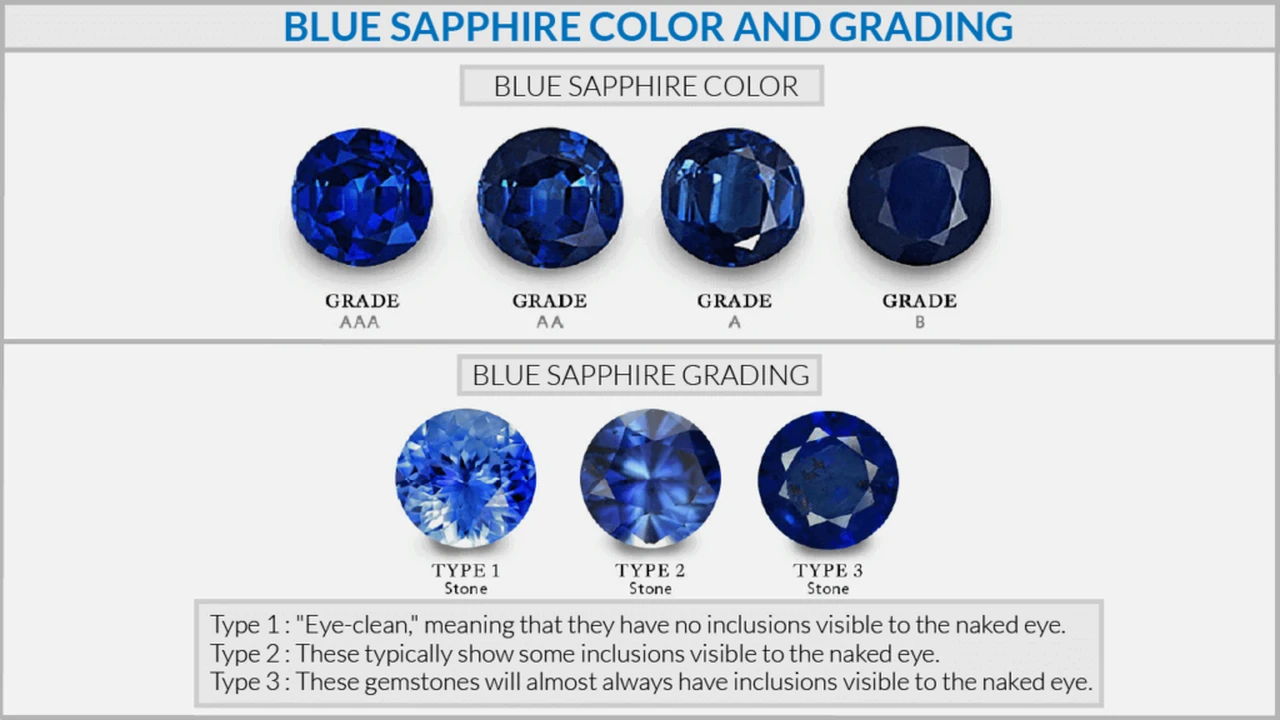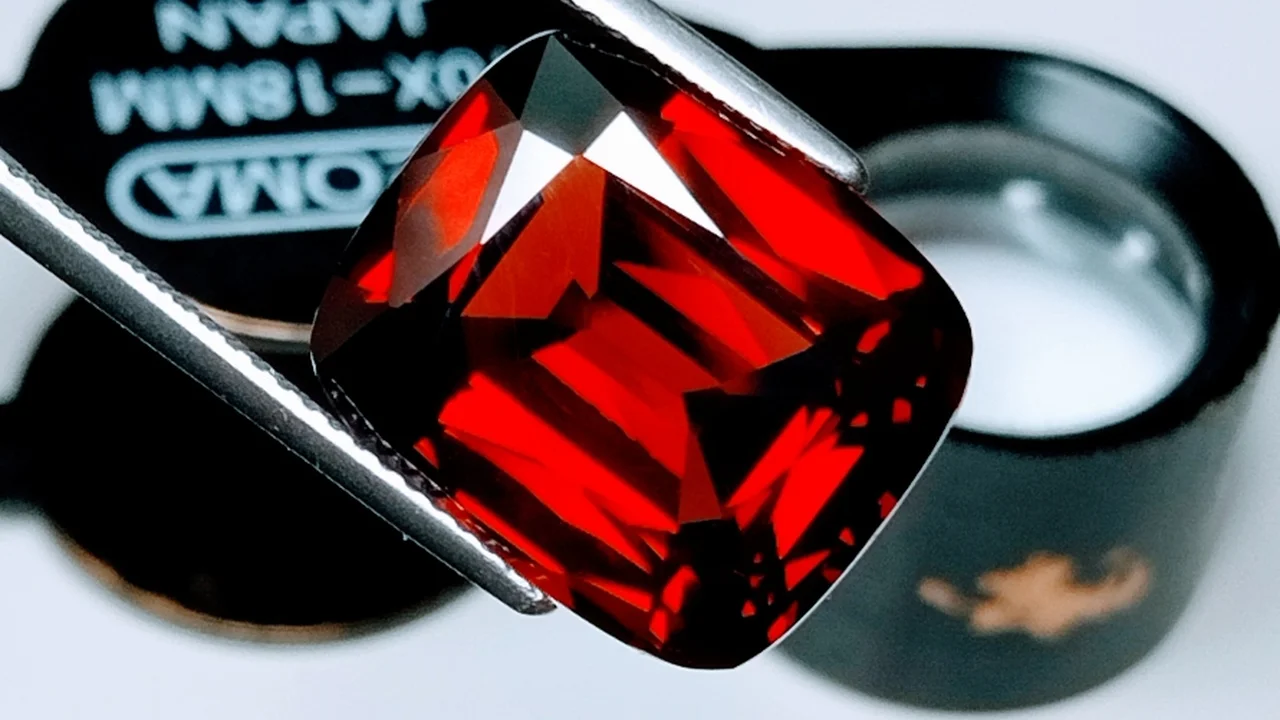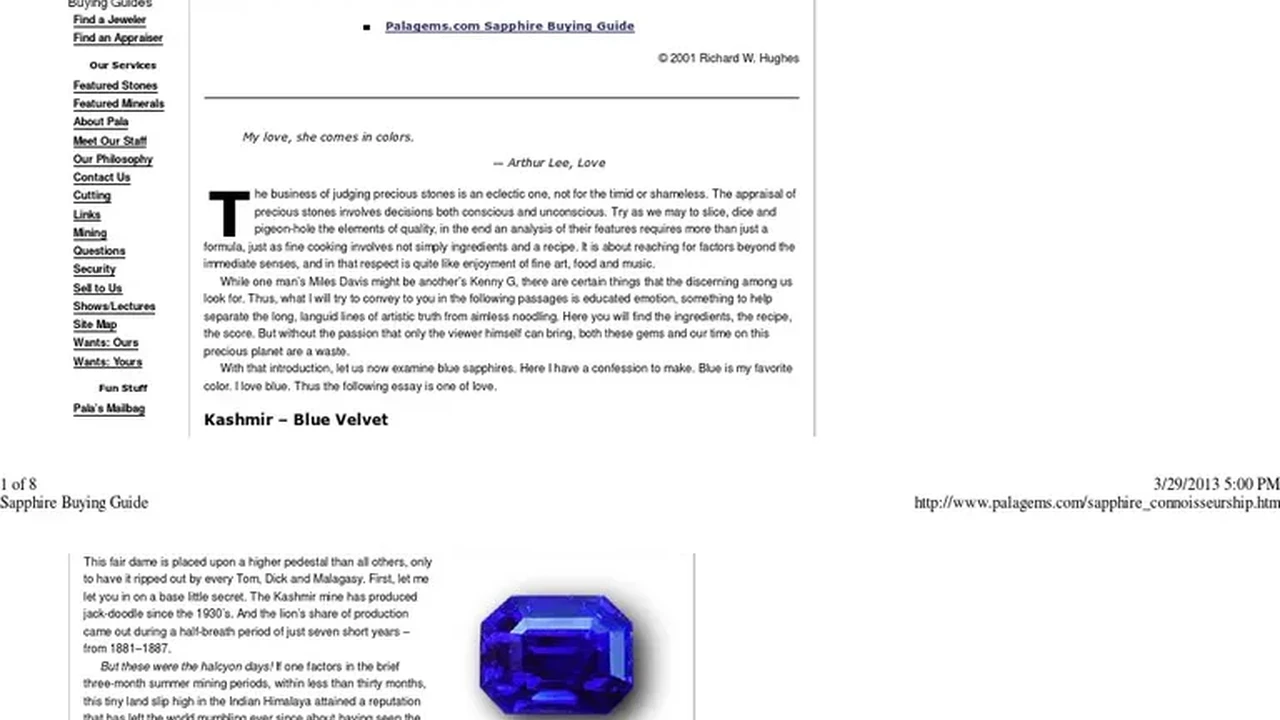5 Rare Sapphire Colors That Command Premium Prices in Asia
Discover 5 rare sapphire colors that command premium prices in the Asian market. Understand the factors driving their value and investment potential.

Introduction to Rare Sapphire Colors in the Asian Market
Hey there, gemstone enthusiast! Ever wondered what makes certain sapphires fetch astronomical prices in Asia? It's not just about the sparkle; it's about rarity, color, and the stories these gems tell. Asia, with its rich history and deep appreciation for gemstones, holds a special place in the sapphire market. Let's dive into five rare sapphire colors that are highly sought after and why they command such premium prices.
Padparadscha Sapphires: The Sunset Gem
First up, we have the Padparadscha sapphire. This name sounds exotic, right? That's because it is! Padparadscha sapphires are known for their unique blend of pink and orange hues, reminiscent of a breathtaking sunset. Found primarily in Sri Lanka, these gems are incredibly rare, and their color is often the subject of debate. Is it more pink? More orange? The perfect balance is what collectors crave.
Why Padparadscha Sapphires are Valuable
The value of a Padparadscha sapphire stems from its rarity and the difficulty in accurately grading its color. A true Padparadscha should exhibit a delicate balance of pink and orange, without being overly saturated in either color. The clearer and more vibrant the color, the higher the price. These gems are often set in high-end jewelry pieces and become heirloom items.
Product Recommendation: Padparadscha Sapphire Ring
Consider a Padparadscha sapphire ring set in platinum with diamond accents. A 2-carat Padparadscha with a GIA certification can easily fetch upwards of $15,000. This type of ring is perfect for special occasions and serves as a tangible asset that appreciates over time.
Cornflower Blue Sapphires: The Classic Beauty
Next, we have the Cornflower Blue sapphire. This is the classic sapphire color that most people picture when they think of sapphires. These sapphires exhibit a vivid, slightly velvety blue hue, similar to the color of cornflowers in full bloom. The best examples come from Kashmir, though these are incredibly rare and expensive.
The Allure of Cornflower Blue Sapphires from Kashmir
Kashmir sapphires are prized for their exceptional color and velvety texture. The unique geological conditions in Kashmir created sapphires with a color that is unmatched by sapphires from other locations. However, the mines in Kashmir have been largely depleted, making these sapphires exceedingly rare and valuable. Even sapphires from Sri Lanka and Madagascar with similar color can command high prices.
Product Recommendation: Cornflower Blue Sapphire Pendant
A Cornflower Blue sapphire pendant is a fantastic investment. A 3-carat Ceylon sapphire with excellent clarity and color saturation can cost around $8,000 to $12,000. Set in white gold or platinum, this pendant is a versatile piece that can be worn daily and passed down through generations.
Pink Sapphires: The Feminine Favorite
Pink sapphires are increasingly popular, especially in the Asian market. These sapphires range in color from light pastel pink to intense, vivid magenta. The most sought-after pink sapphires have a pure, vibrant pink color without any brownish or grayish undertones.
Factors Influencing Pink Sapphire Value
The value of a pink sapphire depends on its color intensity, clarity, and size. Deeper, more saturated pinks command higher prices. Also, sapphires that have not been heat-treated are more valuable. These gems are often used in engagement rings and other fine jewelry pieces.
Product Recommendation: Pink Sapphire Earrings
A pair of pink sapphire earrings is a delightful addition to any jewelry collection. Two 1.5-carat pink sapphires with good color and clarity can cost around $5,000 to $8,000. Set in rose gold, these earrings offer a touch of elegance and sophistication.
Orange Sapphires: The Fiery Gem
Orange sapphires are often overlooked, but they possess a unique charm and fiery brilliance. These sapphires range in color from light yellow-orange to deep, intense orange. The most valuable orange sapphires have a pure, vibrant orange color without any brownish or grayish undertones.
The Growing Popularity of Orange Sapphires
Orange sapphires are gaining popularity as more people discover their beauty and versatility. These gems are often used in modern jewelry designs and appeal to those seeking something different from the traditional blue sapphire. The best orange sapphires come from Sri Lanka and Tanzania.
Product Recommendation: Orange Sapphire Bracelet
An orange sapphire bracelet is a bold and stylish statement piece. Several 0.75-carat orange sapphires with good color and clarity can cost around $6,000 to $10,000. Set in yellow gold, this bracelet is perfect for adding a pop of color to any outfit.
Color Change Sapphires: The Chameleon Gem
Finally, we have the Color Change sapphire. This is perhaps the most intriguing of all. These sapphires exhibit different colors under different lighting conditions. For example, a color change sapphire might appear blue in daylight and purple or reddish under incandescent light. This chameleon-like quality makes them highly desirable among collectors.
Understanding the Color Change Phenomenon
The color change phenomenon is caused by the presence of trace elements in the sapphire's crystal structure. These elements absorb different wavelengths of light depending on the light source. The more dramatic the color change, the more valuable the sapphire. These sapphires are relatively rare, making them a unique investment.
Product Recommendation: Color Change Sapphire Ring
A color change sapphire ring is a conversation starter. A 2-carat color change sapphire with a distinct color shift can cost around $7,000 to $14,000. Set in a unique, modern design, this ring is a true collector's item.
Comparing Sapphire Colors: Investment Potential
So, which of these rare sapphire colors offers the best investment potential? It depends on your risk tolerance and investment goals. Padparadscha and Kashmir Cornflower Blue sapphires are the rarest and most expensive, offering the highest potential returns but also carrying the highest risk. Pink and orange sapphires are more accessible and offer a good balance of value and potential appreciation. Color change sapphires are unique and appeal to collectors, providing a niche investment opportunity.
Caring for Your Sapphire Investment
No matter which sapphire color you choose, proper care is essential to maintain its value and beauty. Clean your sapphires regularly with mild soap and water. Avoid exposing them to harsh chemicals or extreme temperatures. Store them in a soft pouch or jewelry box to prevent scratches. And most importantly, insure your investment to protect against loss or damage.
Final Thoughts
Investing in rare sapphire colors can be a rewarding experience. By understanding the factors that drive their value and appreciating their unique beauty, you can make informed decisions and build a gemstone portfolio that brings joy and financial returns. Good luck, and happy investing!
:max_bytes(150000):strip_icc()/277019-baked-pork-chops-with-cream-of-mushroom-soup-DDMFS-beauty-4x3-BG-7505-5762b731cf30447d9cbbbbbf387beafa.jpg)






